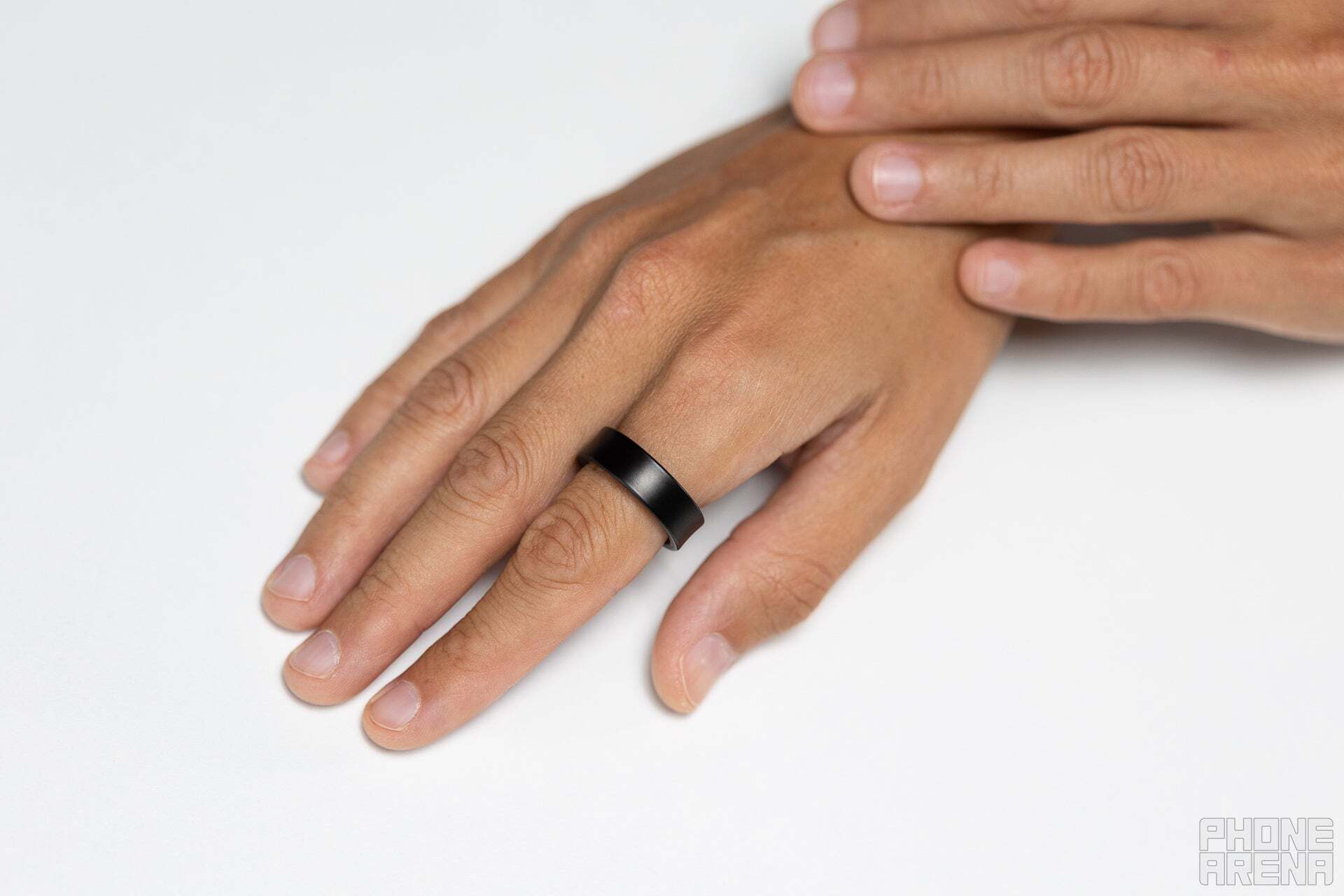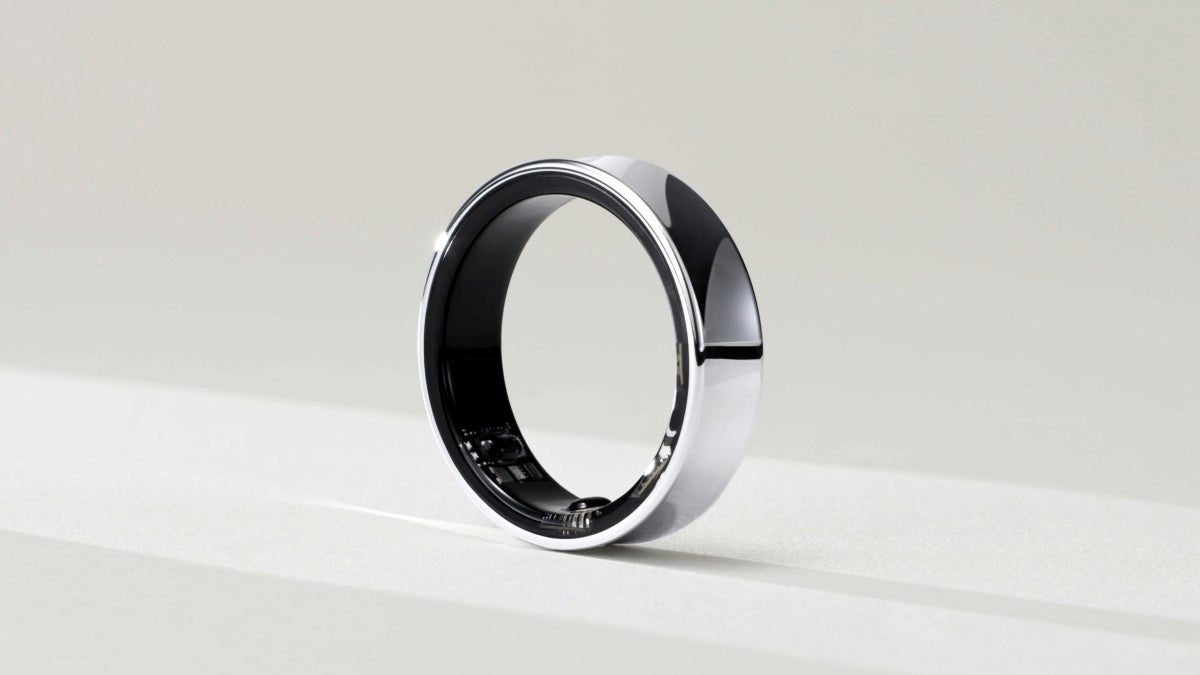One of the key selling points of the Galaxy Ring is its extended battery life. With up to 7 days of use on a single charge, and the ability to extend that to 14 days with the cradle charger, the device minimizes the inconvenience of frequent charging. Furthermore, the Galaxy Ring is water-resistant, making it suitable for everyday wear, regardless of activity level.

Samsung Galaxy Ring. | Image credit — PhoneArena
Samsung has emphasized the affordability of the Galaxy Ring, highlighting that it does not require any subscription fees for access to its full range of features. This positions the device as a cost-effective alternative to other health tracking wearables on the market that often come with recurring costs.
By making the Galaxy Ring eligible for purchase with FSA and HSA funds, Samsung aims to make the technology more accessible to a wider consumer base. This move could prove particularly appealing to individuals who are seeking ways to manage healthcare expenses while investing in their personal well-being.
The Galaxy Ring is currently available for purchase on Samsung’s website, where consumers can also order a sizing kit to ensure a proper fit. The device comes in a range of sizes and colors to cater to individual preferences.
I find this news to be a significant step towards integrating health and technology. The accessibility of the Galaxy Ring through FSA and HSA accounts could potentially encourage more people to proactively monitor their health. It will be interesting to see how this impacts the adoption of wearable health technology and whether other manufacturers follow suit.
